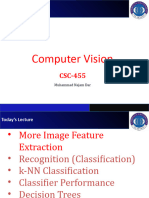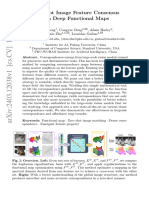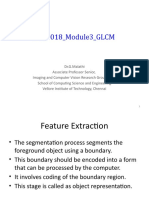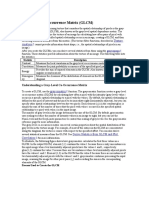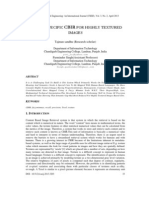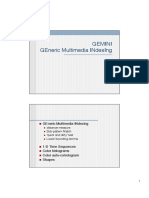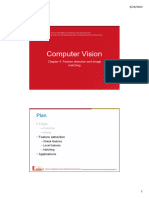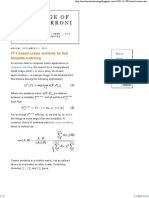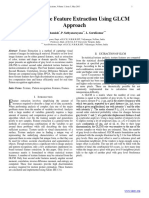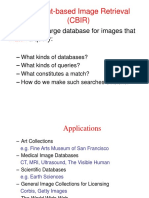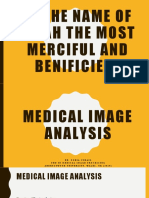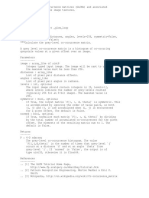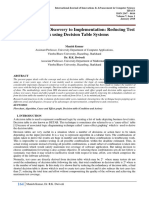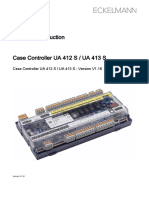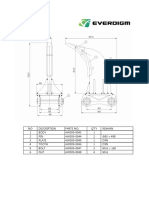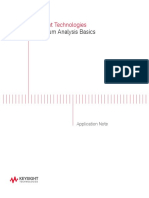0% found this document useful (0 votes)
19 views8 pagesCETA Conditions Workflow
The document describes the workflow of RE:IN Cloud for feature extraction from images and tabular/time series data. It involves uploading data, running it through feature extraction APIs, and downloading the results. It also discusses current and future implementations for extracting cause features from medical images, including texture and intensity features. Structural similarity is measured using t-SNE to reduce dimensions followed by k-means clustering, but having only two clusters limits identifying highly similar images.
Uploaded by
Budi KurniawanCopyright
© © All Rights Reserved
We take content rights seriously. If you suspect this is your content, claim it here.
Available Formats
Download as PPTX, PDF, TXT or read online on Scribd
0% found this document useful (0 votes)
19 views8 pagesCETA Conditions Workflow
The document describes the workflow of RE:IN Cloud for feature extraction from images and tabular/time series data. It involves uploading data, running it through feature extraction APIs, and downloading the results. It also discusses current and future implementations for extracting cause features from medical images, including texture and intensity features. Structural similarity is measured using t-SNE to reduce dimensions followed by k-means clustering, but having only two clusters limits identifying highly similar images.
Uploaded by
Budi KurniawanCopyright
© © All Rights Reserved
We take content rights seriously. If you suspect this is your content, claim it here.
Available Formats
Download as PPTX, PDF, TXT or read online on Scribd
/ 8




